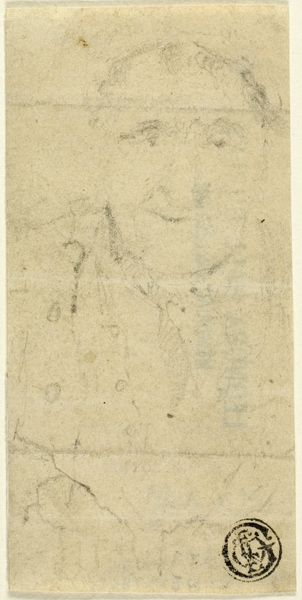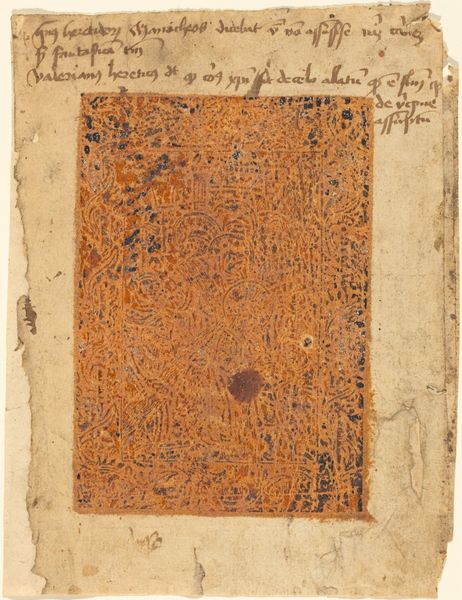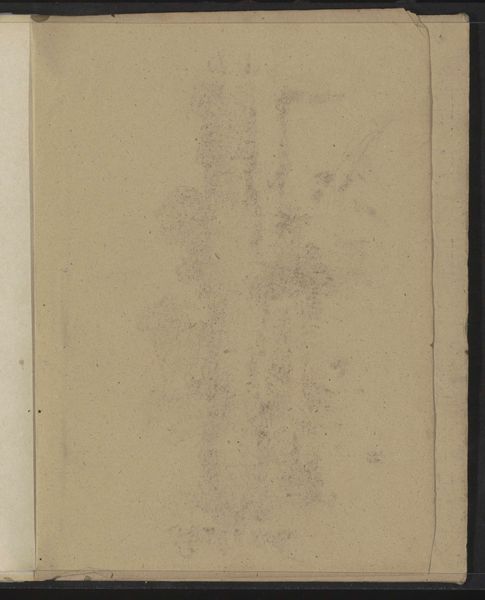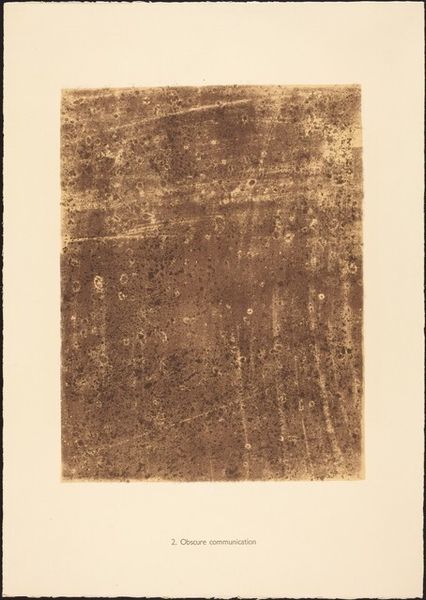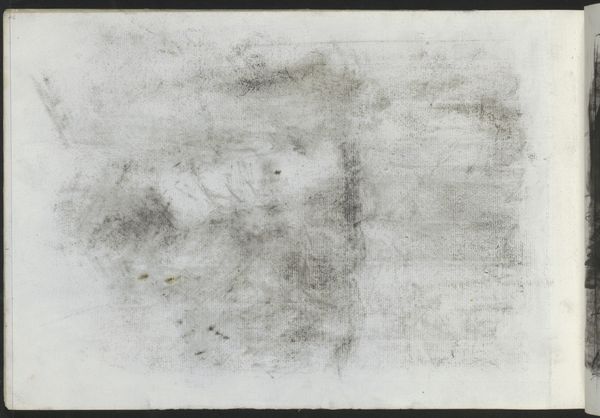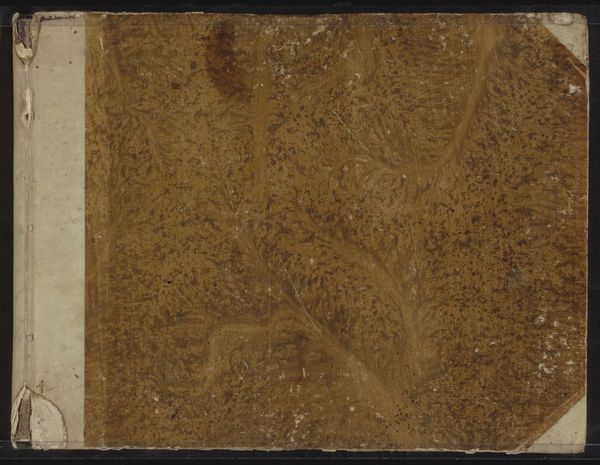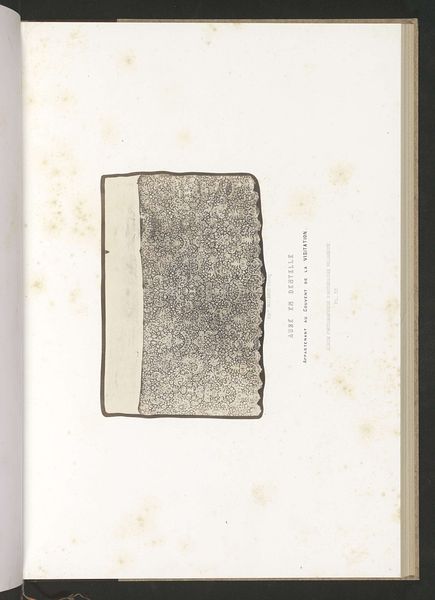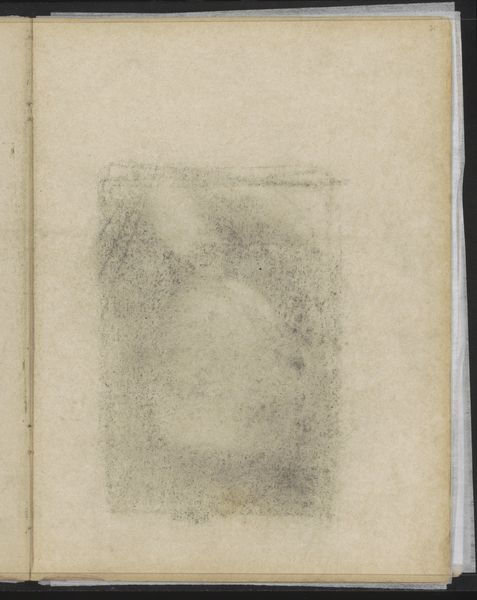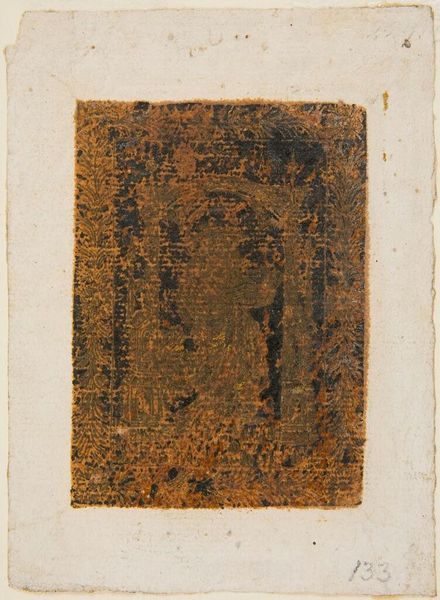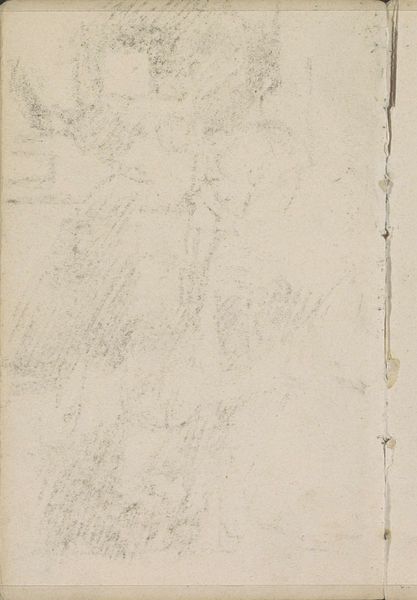
drawing, print, woodcut, engraving
#
drawing
#
medieval
# print
#
woodcut
#
engraving
Dimensions: sheet: 5 9/16 x 4 5/16 in. (14.1 x 10.9 cm)
Copyright: Public Domain
Curator: Editor: So, we're looking at "St. Sebastian," a 15th-century print by an anonymous artist at the Met. It appears to be a woodcut or engraving. It's hard to make out a clear image, which, honestly, makes it really intriguing. It's a rather stark and textural work, quite different from many traditional depictions of the saint. How should we interpret this work, focusing on the context and making of the work? Curator: Let’s think about the context of printmaking during the 15th century. The accessibility of prints—made through repeatable processes like woodcut or engraving—democratized image production, making visual culture available beyond the elite circles who commissioned paintings. Does the rough quality of the print suggest something about the labor involved and who might have consumed it? Editor: That's a great point. I hadn't considered that. So, the starkness and apparent 'roughness' wasn't just stylistic, but related to who was producing, buying, and viewing the print? Were they targeting a less affluent audience who prized the image's content of the message, rather than ornate display of material wealth, or was this considered fine art? Curator: Precisely. The "roughness," as you call it, might be directly tied to its affordability and wider distribution. Imagine this print as a commodity in the bustling markets of the 15th century. Was its value primarily spiritual, didactic, decorative... or a combination? Did this image allow a wider audience to have personal access and devotion that was previously reserved to illuminated manuscript? How would these mass produced items then have informed individual devotion? Editor: So, analyzing this St. Sebastian becomes less about the artistic skill, in the traditional sense, and more about understanding its role in the visual and religious culture of its time, thinking about access, labor, and consumerism in the 15th century? Curator: Exactly. Focusing on its materiality allows us to look past notions of 'high art' and examine its cultural function. It provides insights into the daily life and spiritual practices of the time. Editor: That's incredibly helpful; thanks. I'll never look at prints the same way!
Comments
No comments
Be the first to comment and join the conversation on the ultimate creative platform.


